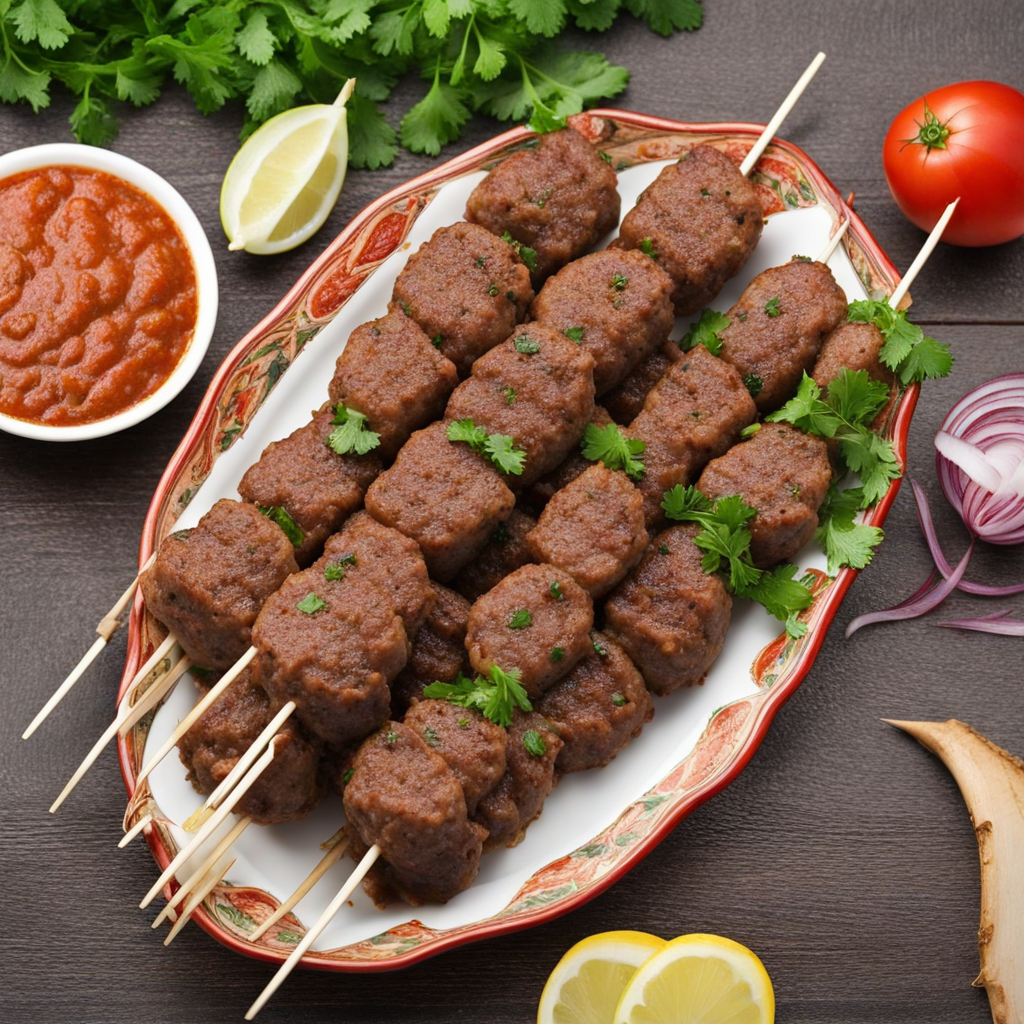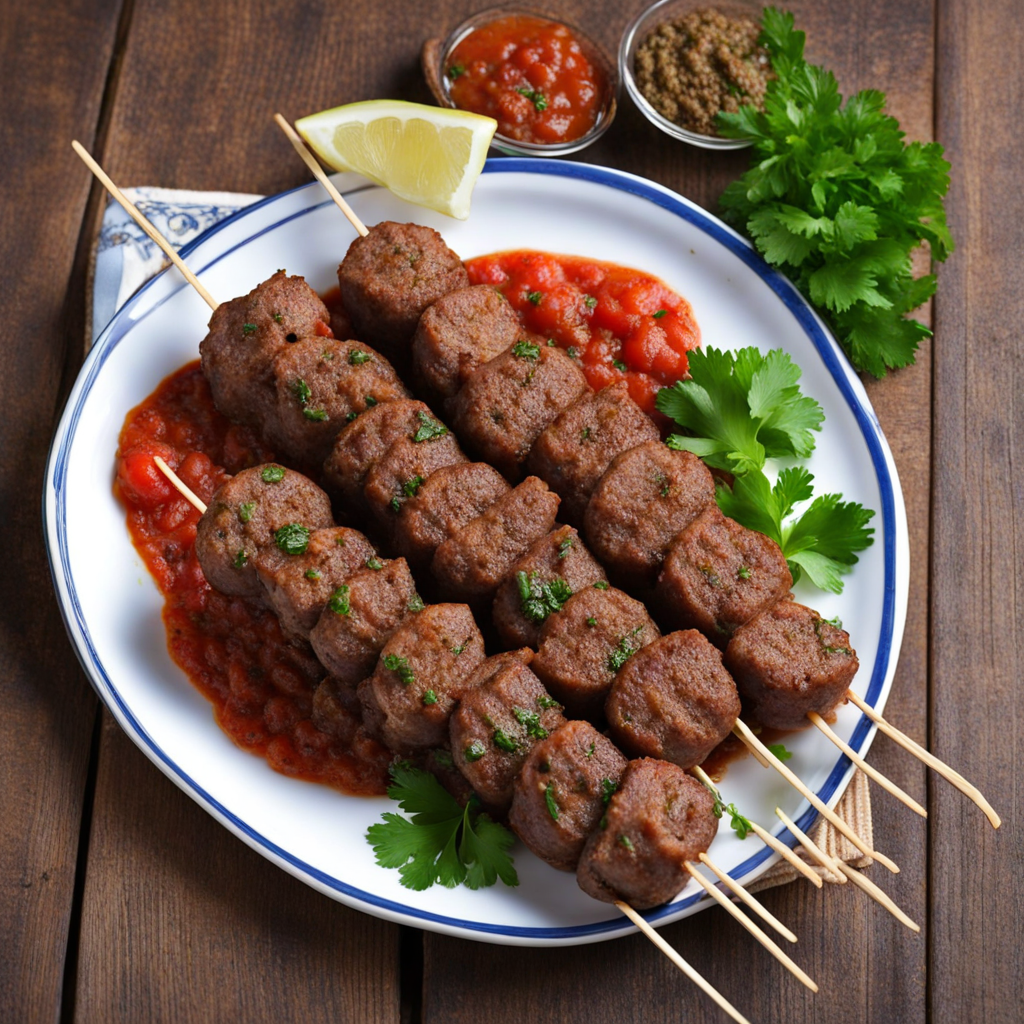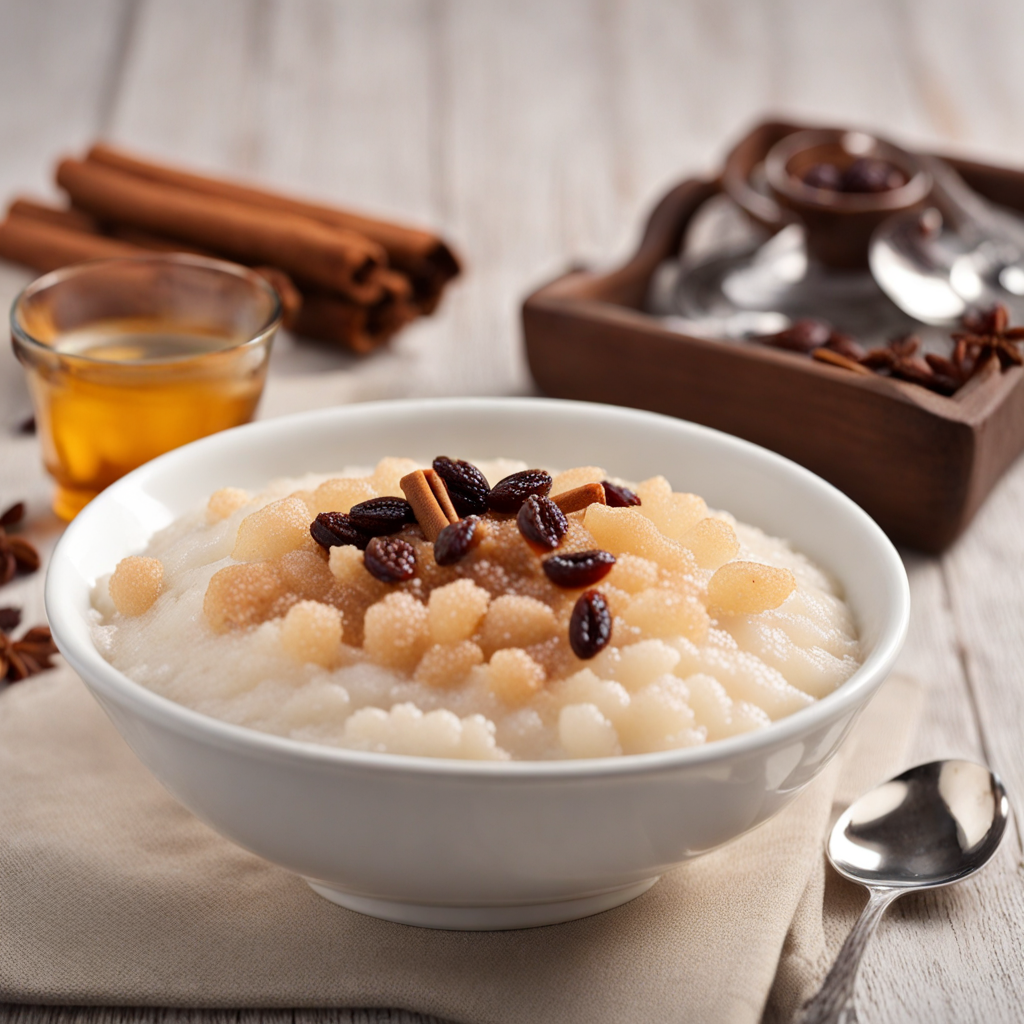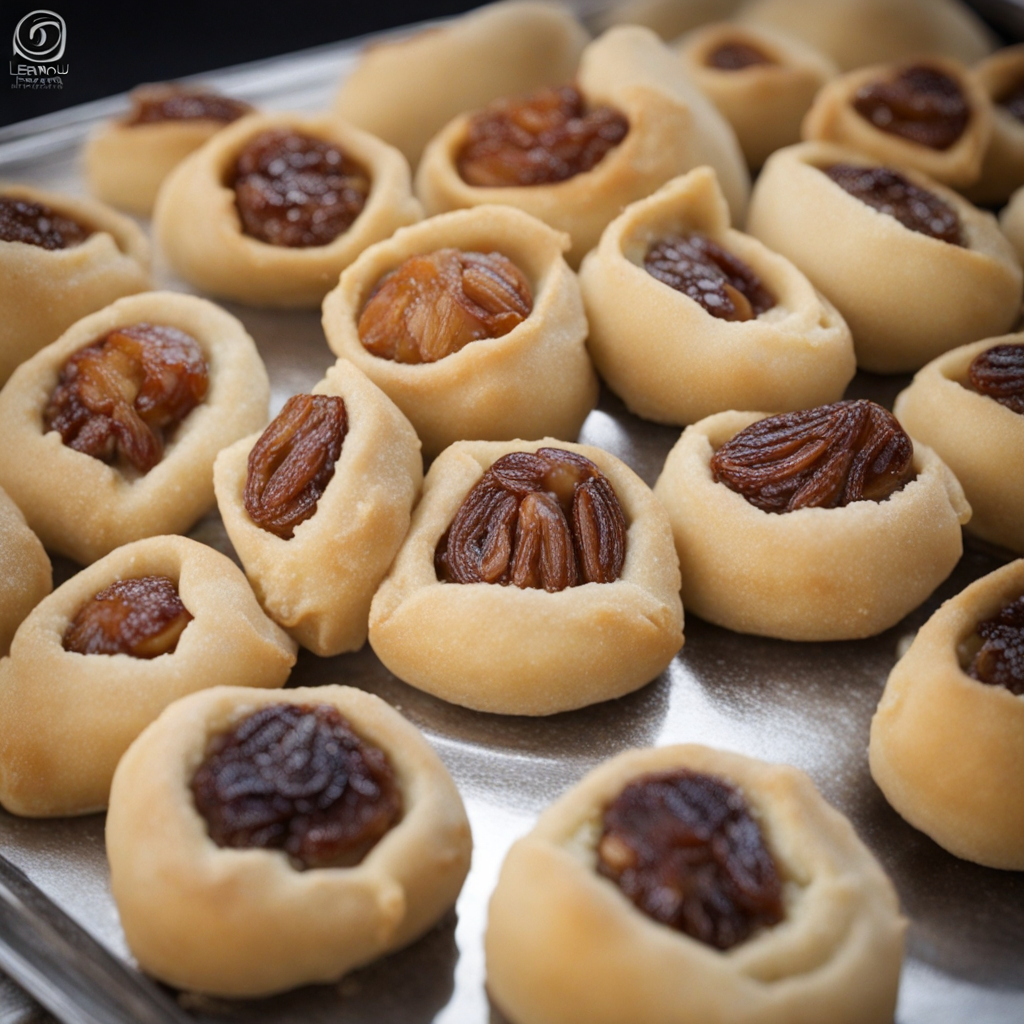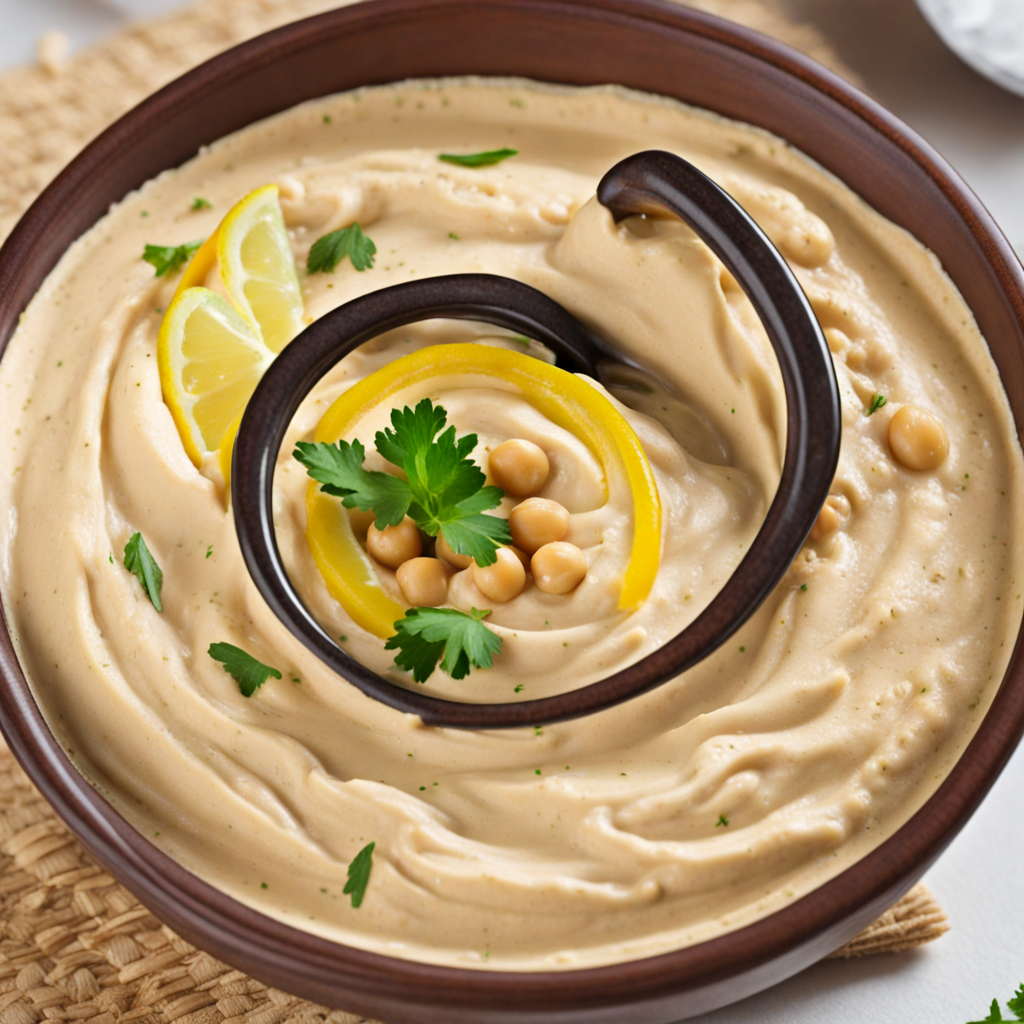Kafta
Kafta is a traditional Lebanese dish that showcases the rich and vibrant flavors of the region. This delectable dish typically consists of minced meat, usually lamb or beef, combined with finely chopped parsley, onions, and various spices such as cumin, allspice, and cinnamon. The resulting mixture is molded into elongated patties or skewers, which are then grilled or baked to perfection. The aroma that wafts through the air as Kafta cooks is an enticing blend of herbs and spices, promising a delightful culinary experience. The texture of Kafta is wonderfully tender, thanks to the careful balance of meat and herbs. When grilled, the outside becomes beautifully charred, adding a smoky flavor that complements the juicy interior. Kafta is often served alongside fresh vegetables, warm pita bread, and a variety of dips such as tahini or garlic sauce. The combination of the grilled meat with the crispness of the vegetables and the creamy dips creates a harmonious balance, making every bite a celebration of flavors. Moreover, Kafta is not just a dish; it's a social experience often enjoyed in gatherings with family and friends. The process of grilling Kafta is usually accompanied by shared stories and laughter, making it a perfect centerpiece for any meal. Whether served as a main dish or as part of a mezze platter, Kafta invites you to explore the heart of Lebanese cuisine, offering a taste that is both comforting and exotic, with a depth of flavor that is sure to leave a lasting impression.
How It Became This Dish
Origins of كفتة The origins of كفتة, commonly known as kebab or kofta in various regions, can be traced back to the rich history of the Middle East, particularly in Lebanon. The word "كفتة" itself derives from the Arabic verb "كفّت," which means "to chop" or "to grind." This reflects the fundamental preparation method of the dish, where meat—traditionally lamb or beef—is finely minced and combined with an array of spices and ingredients to create a cohesive mixture. Archeological evidence suggests that the practice of grinding meat dates back to ancient civilizations in Mesopotamia, with variations of meat dishes being prevalent in both the Roman and Ottoman empires. As a result, كفتة has evolved over centuries, absorbing influences from various cultures that shaped the culinary landscape of Lebanon. The use of spices such as cumin, coriander, and cinnamon, along with herbs like parsley and mint, are indicative of the diverse flavors that characterize Lebanese cuisine. Cultural Significance In Lebanese culture, كفتة transcends mere sustenance; it embodies social gatherings, family ties, and hospitality. Traditionally, كفتة is associated with communal meals, where friends and family come together to enjoy a feast. It is often served during festive occasions such as weddings, Eid celebrations, and family gatherings, symbolizing unity and togetherness. The sharing of a platter of كفتة signifies the warmth of relationships and the joy of companionship. Moreover, كفتة is often accompanied by a variety of side dishes, such as tabbouleh, fattoush, and pickled vegetables, creating a vibrant and colorful spread. This reflects the Lebanese practice of mezze, where small dishes are served to encourage sharing and interaction among diners. The act of breaking bread together, or in this case, sharing a plate of كفتة, reinforces social bonds and fosters a sense of community. Preparation and Variations The preparation of كفتة varies by region and family traditions. In Lebanon, the dish is typically made with ground lamb or beef, combined with finely chopped onions, garlic, and a selection of spices. The mixture is shaped into patties or skewers and can be grilled, baked, or fried, providing a smoky flavor that is characteristic of Lebanese cooking. There are several regional variations of كفتة throughout Lebanon. In the Bekaa Valley, for example, كفتة is often spiced with more aromatic flavors, including allspice and nutmeg. Coastal regions may incorporate fish or seafood into their كفتة, reflecting the local availability of fresh ingredients. Additionally, some families add pine nuts or walnuts to the mixture, enhancing the texture and flavor profile. This adaptability showcases the regional diversity and creativity within Lebanese cuisine. Historical Development As Lebanon's history has unfolded, so too has the story of كفتة. During the Ottoman Empire, the spread of this dish across the region allowed for further experimentation and adaptation. Street vendors began selling skewers of كفتة in bustling markets, making them accessible to the masses. This contributed to the growing popularity of كفتة, not just as a home-cooked meal but also as a beloved street food. The Lebanese diaspora has also played a significant role in the globalization of كفتة. As Lebanese communities settled around the world, they brought their culinary traditions with them. In places like the United States, كفتة has been embraced and adapted by various cultures, leading to the creation of unique interpretations. This phenomenon has allowed the dish to evolve while still retaining its core identity, showcasing the resilience and adaptability of Lebanese cuisine. Modern-Day كفتة Today, كفتة remains a staple in Lebanese households and restaurants, celebrated for its flavor and versatility. It is often featured on menus as part of a larger selection of mezze, highlighting its role in communal dining experiences. In addition to traditional preparations, modern chefs are experimenting with كفتة by incorporating new ingredients and techniques, such as using plant-based proteins to create vegetarian or vegan versions. This innovation reflects the growing awareness of dietary preferences while honoring the essence of the dish. Furthermore, كفتة has gained international recognition, appearing in various global culinary contexts. Food festivals and cultural events often showcase Lebanese cuisine, allowing people from different backgrounds to experience the delightful flavors of كفتة. This growing interest has contributed to the preservation and celebration of Lebanese culinary heritage, ensuring that future generations continue to enjoy and appreciate this beloved dish. Conclusion In summary, كفتة is more than just a dish; it is a testament to Lebanon's rich culinary history and cultural significance. From its ancient origins to its modern interpretations, كفتة embodies the spirit of hospitality and community that is central to Lebanese culture. As it continues to evolve and adapt, كفتة serves as a delicious reminder of the connections we share through food, transcending borders and bringing people together in celebration of flavors, traditions, and shared experiences.
You may like
Discover local flavors from Lebanon


